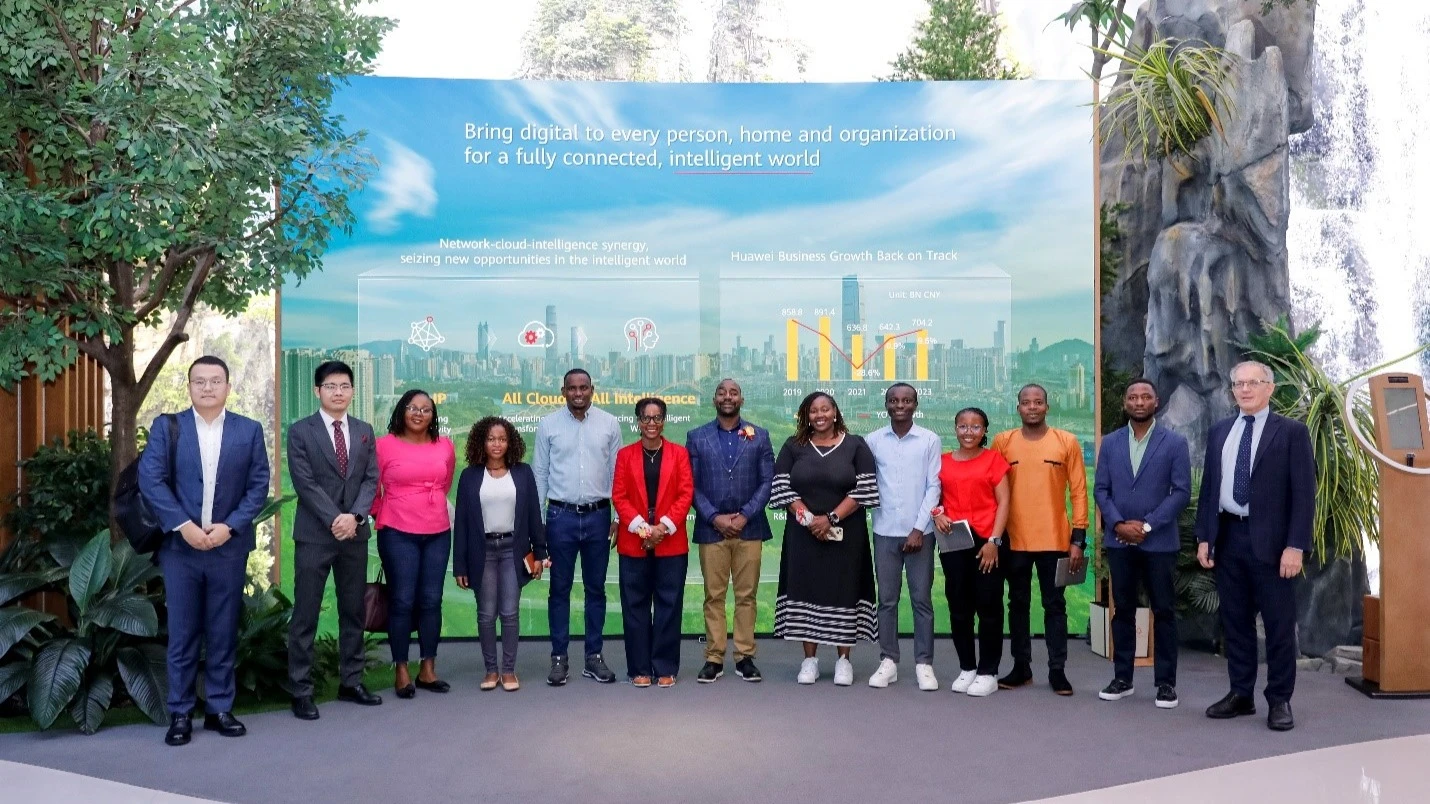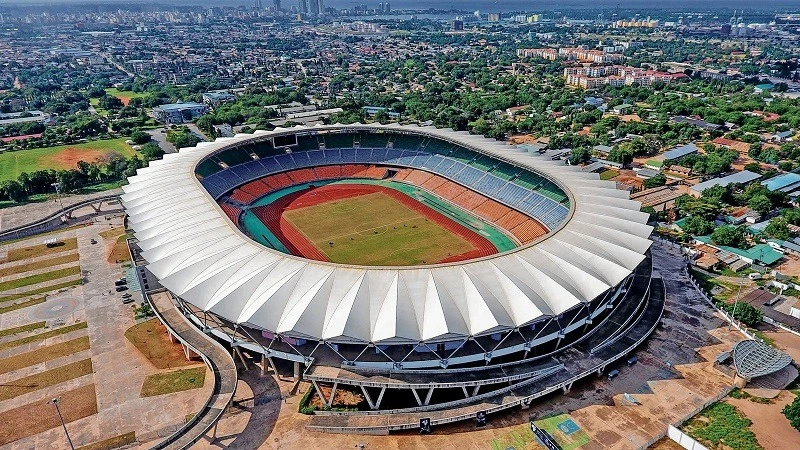Africa draws 74m tourists in 2024

For the first time since the COVID-19 pandemic, Africa has surpassed pre-pandemic levels of international tourist arrivals.
The continent welcomed 74 million visitors in 2024, a 7 percent increase from 2019 and 12 percent higher than in 2023, according to a statement from UN Tourism on January 21.
North Africa led the recovery, with international arrivals rising 22 percent compared to 2019. This strong performance helped position Africa as the second-fastest recovering region globally in 2024, following the Middle East, which saw a 32 percent increase in arrivals compared to pre-pandemic levels.
Countries across the continent are investing heavily in tourism infrastructure in 2025.
Morocco, which dethroned Egypt as the leading tourist destination on the continent in 2024, has announced plans to increase its airport capacity from 38 million to 80 million passengers by 2030.
The country is set to host the 2025 Africa Cup of Nations and is co-hosting the 2030 FIFA World Cup.
Recent Marriott Bonvoy Ticket to Travel research shows a promising growth trajectory for the travel market next year. The comprehensive study surveyed 21 374 adults across ten markets in Europe, Africa, and the Middle East, along with over 2 000 travellers in South Africa.
The findings indicate that more than 60 per cent of South Africans are planning to take more holidays next year than they did in 2024.
In 2025, Africa’s top travel destinations will spotlight eco-tourism, with countries like Kenya and Tanzania leading in sustainable safari experiences. Urban hotspot Cape Town will draw culture enthusiasts and foodies, while wellness retreats in Mauritius and offbeat gems like Rwanda and Botswana will attract adventurous travellers.
“In 2025, we expect to see a continued rise in popularity for lesser-known destinations in Africa, such as Rwanda, Namibia, Botswana and Zambia,” says David Ryan, founder of Rhino Africa.
According to UN Tourism, Europe retained its top spot worldwide as the most popular destination, attracting 747 million tourists in 2024—1 percent more than in 2019 and 5 percent more than in 2023.
Asia-Pacific lagged, with arrivals reaching 316 million, about 87 percent of pre-pandemic levels. The Americas were closer to a full recovery, with 213 million arrivals, representing 97 percent of 2019 figures.
The number of international tourists nearly returned to pre-pandemic levels, reaching 1.4 billion in 2024. This represents a 99 percent recovery and an 11 percent increase compared to 2023, with an additional 140 million travelers. This growth was fueled by strong post-pandemic demand, robust performances in major travel markets, and a steady recovery in Asia-Pacific destinations.
Tourism revenues also grew in tandem with arrivals. Global earnings from international tourism hit $1.6 trillion in 2024, 3 percent higher than in 2023 and 4 percent above 2019, accounting for inflation and currency fluctuations.
Looking to 2025, UN Tourism, headquartered in Madrid, projects a 3 percent to 5 percent increase in international arrivals compared to 2024. This forecast assumes a stable global economy, declining inflation, and no escalation in geopolitical conflicts.
Top Headlines
© 2025 IPPMEDIA.COM. ALL RIGHTS RESERVED

























